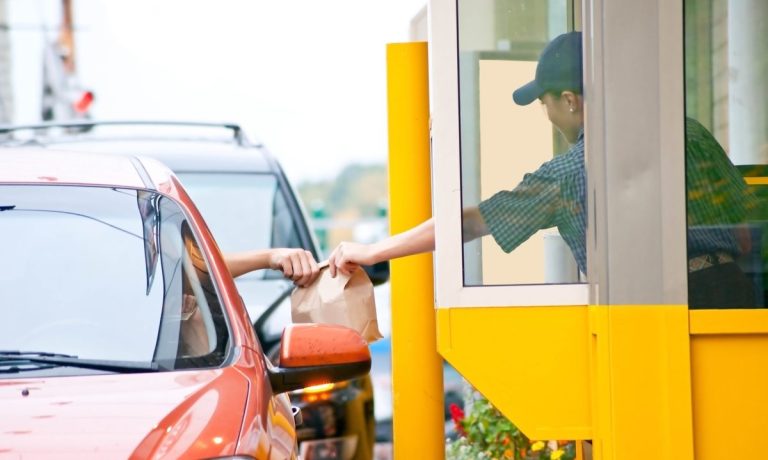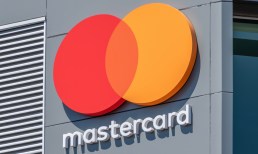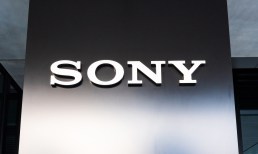Throughout 2021, major restaurant chains have been rethinking their drive-thru operations with an eye toward their digital futures, and it is about time. Research from PYMNTS’ 2021 Restaurant Readiness Index, created in collaboration with Paytronix, finds that restaurant managers actually undervalue the drive-thru channel relative to their customers. Forty percent of consumers surveyed said they believe the ability to pick up orders at the drive-thru will be important to restaurants’ future success, while just over a quarter of managers said the same.
Read more: QSRs’ Lagging Loyalty-Reward Investment Hurts Innovation And Sales
“We investigated drive-thrus a few years ago — we were surprised how antiquated they were. They’ve been operating the same way for 30, 40 years. There’s really been no innovation,” Rajat Suri, founder and CEO of restaurant voice, vision and touch technology company Presto and co-founder of Lyft, told PYMNTS in an interview. “So I think drive-thrus are going to become a lot faster, a lot more personalized, where you’ll have a chance to opt in to be recognized every time you go, and you’ll have a burger made exactly the way you like it, and they’re going to need a lot less labor to run efficiently.”
Presto’s customers include McDonald’s, Applebee’s, Chili’s and Outback Steakhouse, among other major restaurant brands in the United States and abroad. Earlier this month, the company announced that it is going public through special purpose acquisition company (SPAC) Ventoux CCM Acquisition Corp., to be valued at $1 billion, with the transaction expected to close in the first half of 2022.
Related news: IPO/SPAC Announcements Get a Boost from Paytm and Presto
Restaurants Step it Up
Advertisement: Scroll to Continue
Like much of the innovation seen in the restaurant industry in the past 20 months, the advances in drive-thru so far have for the most part, though not exclusively, resulted from the pandemic.
“The pandemic has shown the importance of drive-thru to a restaurant’s sales,” said Suri. “There was an arms race around the draft before the pandemic, but now it’s accelerated coming out of it.”
Back in 2019, before the outbreak, Chipotle launched its “Chipotlane” mobile order drive-thru lane, one of the early major moves toward integrating digital technologies into the experience. This year, brands have been finding new ways to modernize the experience, making for both a more frictionless customer journey and a more labor-efficient experience for the restaurant.
McDonald’s announced in October that it is partnering with IBM to assist in developing and implementing automated order-taking (AOT) capabilities, and through much of this year, Burger King has been testing a program that uses Bluetooth to identify Royal Perks loyalty program members, personalizing drive-thru signage to the individual customer. Taco Bell, meanwhile, has been getting highly creative with its drive-thru concepts. In August, for instance, the chain announced its Defy store design, a four-lane, mobile-integrated drive-thru where orders are sent down from the kitchen through a food elevator.
See also: Restaurants Move Toward More Automated, Personalized Drive-Thrus
“There’s an opportunity to really transform the drive-thru with technologies that we have today, and we’re seeing a lot of activity in the space, a lot of investment in space,” said Suri.
The Data Opportunity
In addition to removing friction for the consumer, computer vision integrations also enable restaurants to bring their data collection capabilities from the digital world into the physical.
“Restaurants with computer vision are going to be able to know as much about their businesses as Amazon knows about their business,” said Suri.
He added that, just as Amazon gathers information about where the consumer moves their cursor, how long they spend on the webpage, where they click and more, restaurants with computer vision technology can gain similar insights into how diners interact with their physical spaces.
He noted that these insights can help restaurants figure out the best locations for their stores, the optimal number of drive-thru lanes, windows and parking spaces, more efficient labor deployment and more.
“Computer vision and voice are going to transform the way that decision makers think about their business,” he said. “I think you’ll see a lot more optimization on every front.”
The Fast-Approaching Restaurant of the Future
Suri predicts that innovation will accelerate in the years ahead.
“Some restaurants, think of technology and digital as a long-term play with payoff many years from now, and so they slow-roll it,” he said. “But actually, I think the companies that really moved quickly on technology and implement it fast are the ones that see the most benefit.”
He argues that restaurants around the world will soon follow the lead of those in Japan, offering a fully automated experience, which will include artificial intelligence (AI)-powered touch, voice, and vision technology, a range of self-service options including own-device service, digital signage and physical spaces fully equipped with digital sensors.
“It’s inevitable that this is what’s going to happen. It’s a question of when — is it going to be five years or 10 years?” he said. “Nobody knows the answer yet, but right now, if we had to bet, it will probably be more like five years.”




